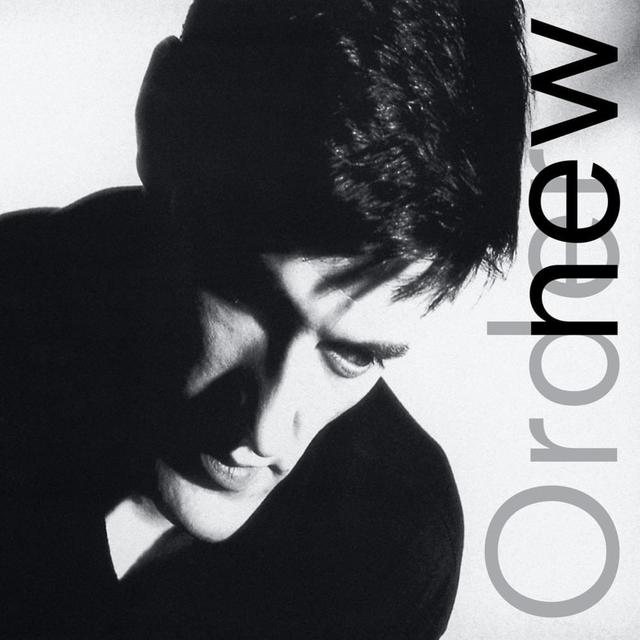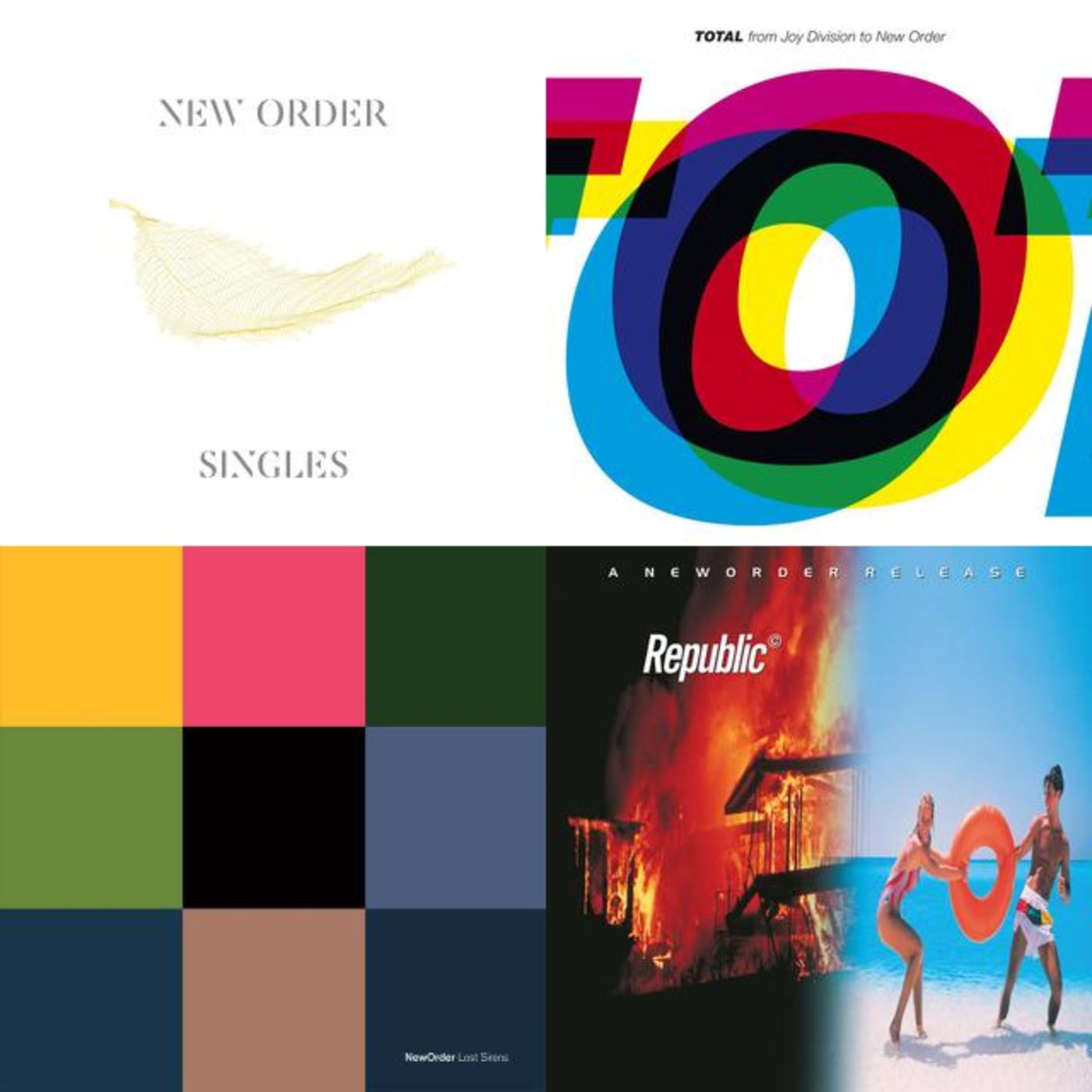May 1985: New Order Release LOW-LIFE

By 1985, the band New Order--borne from the ashes of Joy Division following the shocking suicide of singer Ian Curtis--had become darlings of the indie post-punk set in the UK. Coming straight out of Manchester, New Order had blown the doors off the global dance scene with instantly classic 1983 single, "Blue Monday." While the radical instrumental became a DJ favorite, the band returned a few months later with second full-length effort, Power, Corruption & Lies, in May 1983. A critical favorite, the record landed on multiple year-end best-of album lists. It was enough for the relatively underground outfit to actually feel some pressure when it came time to hit the studio and create album number three. Well, as much pressure as a band like New Order could drum up.
“We don’t really hope for anything, just that we will continue to be around and able to do this," drummer Stephen Morris told SPIN back in 1985 after the release of Low-Life. "It’s nice if people buy your records, you know, but you don’t desperately want it. All you want is the means to carry on with the next thing. I haven’t really got any illusions about stardom in America. It will just be more of what it is now, and we will have to deal with it pretty much the same way.”
The sessions for Low-Life began innocuously enough: “We’d written an instrumental track for a film i-D Magazine were commissioning,” Morris explained in his book, Fast Forward. “'Elegia' was inspired by Ennio Morricone’s score for the duel scene in Sergio Leone’s classic western For A Few Dollars More. You can’t go wrong with a bit of Morricone. The film never got made, so we ended up with a 15-minute instrumental to cut down for our next album.”
What more accurately marks Low-Life, however, are tracks that blend the melodic guitar clash of Joy Division with the synthesizers and cutting-edge technology New Order became known for. Case in point: the narrative fan-favorite and album opener, "Love Vigilantes."
“It was at least partly inspired by [Kenny Rogers And The First Edition’s] 'Ruby, Don’t Take Your Love To Town,' a song we all loved,” Morris revealed. “'Love Vigilantes' is a great song, and like all the best songs it’s also very simple. But Bernard’s lyrics and guitar and Hooky’s bass make it fantastic. One of my favourites.”
It was May 13, 1985, when New Order returned with third album, Low-Life, released in America via Quincy Jones' Qwest record label, a subsidiary of Warner Music. It was situation that gave some of the band's more indie-leaning fans some pause, not that it was warranted, according to Peter Hook.
“The deal we got with Qwest seemed the best because of who they were and because they were interested in what we were gonna do," he told SPIN in 1985. “It’s quite flattering the Quincy Jones thinks our record, which we produced ourselves, ranks alongside his. That’s a compliment worth waiting for.”
May 1985 also saw the release of the lead single from the LP, dance-floor favorite "The Perfect Kiss." Arriving with a stylish but simple music video directed by Jonathan Demme, the single shot all the way to #1 on the UK Indie Singles chart. In America, the track peaked at #5 on both the Hot Dance Club Play and Hot Dance Singles Sales charts.
Low-Life went on to become New Order's first album to chart in America, reaching #94 on the Billboard 200 for the week of June 29, 1985. The #1 album in the country that week: the soundtrack to Beverly Hills Cop.
“With Low-life, I think we grew up and became a proper band,” Morris remembered in Fast Forward. “We weren’t necessarily polished, because that’s not necessarily good. But we wrote great songs and played them with conviction and that is a good thing. Everybody knew what they were doing and even if we didn’t realise it at the time, we were somewhere near the top of our game.”


